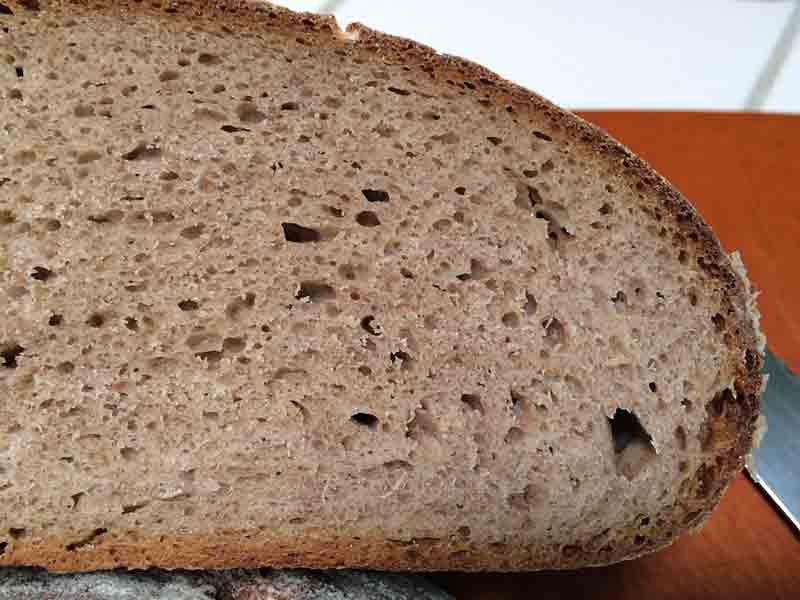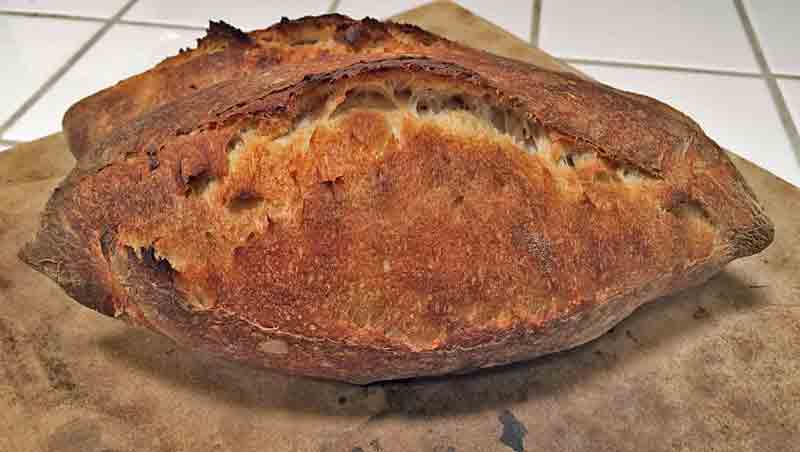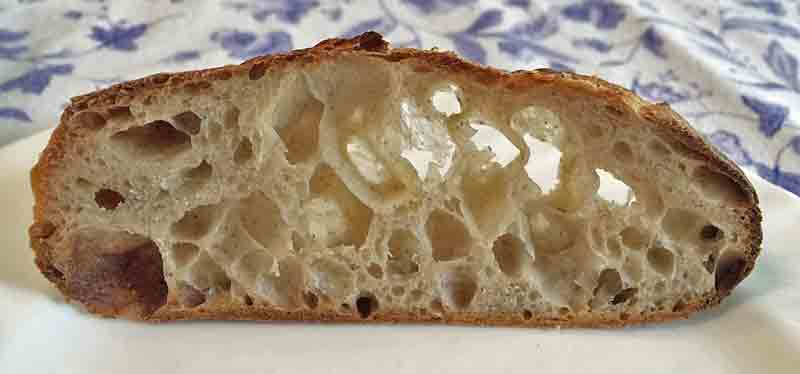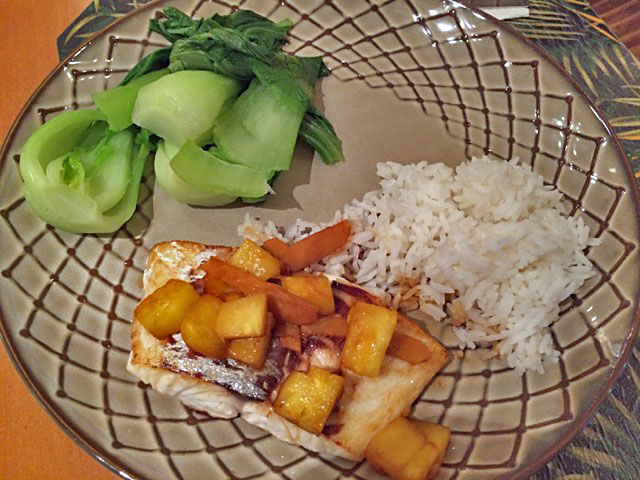Homage à Hansjoakim

I baked two breads this week (so far). It wasn't until I was well into the process that I realized both were originally posted by Hansjoakim a few years ago. Both are leavened with rye sour.

"Hansjoakim's Favorite 70% Rye"

"Hansjoakim's Favorite 70% Rye" Crumb










